NASA has begun assembly of the Artemis III moon rocket at Kennedy Space Center, a future mission that will return astronauts to the lunar surface for the first time in more than half a century. The announcement, made in August 2025, underscores the rapid expansion of the Artemis hardware system.
In fact, sections of the rocket's massive core engine have already been built, representing impressive progress toward NASA's long-term goal: Establishing a sustainable presence on the Moon.

The Artemis III rocket is being assembled at the Kennedy Space Center, marking NASA's bold step forward in its journey to return humans to the Moon. (Source: Shutterstock)
But even as engineers prepare for the next chapter of space exploration , with NASA announcing a date for the first manned mission back to the Moon, Artemis II has yet to leave Earth.
So the big question is: Why is NASA building Artemis III when Artemis II hasn’t even launched yet? The answer lies not in distraction, but in the complexity of parallel development. While Artemis III is being built, Artemis II is still completing the final steps of safety verification, troubleshooting technical issues, and preparing for the crew. Unfortunately, these tasks are proving more difficult than originally anticipated.
What's holding Artemis II back?

Simulation image of a spacecraft launching to the moon. (Source: Shutterstock)
Artemis II will be NASA's first crewed mission around the Moon since Apollo 17 in 1972. The Orion spacecraft will carry four astronauts on the roughly 10-day journey. The crew includes pilot Victor Glover, commander Reid Wiseman, and mission specialists Jeremy Hansen and Christina Koch.
The mission was originally scheduled for 2024, but has been pushed back to no earlier than February 2026—possibly even April. That’s because engineers have to fix a number of technical issues discovered after the uncrewed Artemis I mission in 2022. During that mission, Orion’s heat shield completed its mission but suffered an unexpected erosion, leading NASA to take a closer look at how the material reacts to the extreme temperatures of re-entry. NASA doesn’t want to take any chances: The shield must withstand temperatures of up to 5,000 degrees Fahrenheit (about 2,700 degrees Celsius) to ensure the safety of the crew.
In addition to the heat shield, Orion’s life support and power systems have also come under scrutiny. Issues with the environmental control unit (which maintains cabin air and temperature) and the internal battery have forced NASA to extend its testing cycle to 2025. Meanwhile, ground systems at Kennedy Space Center—including the fueling pad and crew access pad—have been upgraded to improve reliability. Each fix requires new simulations, testing, and certification before crews can board.
NASA officials stressed that schedule cannot take precedence over crew safety. The agency prioritized integrating Artemis III hardware while Artemis II engineers methodically completed testing milestones.
“We’re going to launch when the spacecraft is ready, when the team is ready, and we’re going to execute this mission as best we can,” Artemis II commander Reid Wiseman said. This mindset reflects NASA’s broader view: Progress will continue, but the countdown only begins when all systems and people are fully prepared.
Artemis III: Mission in Waiting

Photo of NASA's Artemis program introduction. (Source: Shutterstock)
While Artemis II is undergoing final checks, NASA is moving forward with Artemis III – a bold step toward a human return to the Moon. The agency has begun processing the Space Launch System (SLS) core stage and two solid-fuel rocket boosters at Kennedy since mid-2025. Technicians are testing and assembling hardware components, while the Orion crew capsule and European-built service module are being fitted out at separate facilities, NASA said.
Artemis III is expected to take astronauts to the Moon’s south polar region – an area of particular interest to scientists due to the presence of water ice and unique geology. However, NASA has yet to announce the list of astronauts who will take on these historic roles.
The mission will rely on technologies tested in Artemis I and II, including Orion’s navigation system and deep-space communications links. Artemis III will also rely on new commercial hardware – specifically SpaceX’s Human Landing System (HLS) Starship spacecraft – to ferry astronauts from lunar orbit to the surface.
The coordination between NASA, SpaceX, and international partners is tight, as delays to one program could lead to delays to others. For now, however, NASA remains focused on Artemis II. Only when the crew returns safely can we learn more about Artemis III and the journey back to the Moon.
According to NASA, Artemis III will be one of the most ambitious feats of engineering and human ingenuity ever undertaken in deep space. The mission will not only help us better understand the Moon through sample and data collection, but also inspire the next generation of explorers – what NASA calls the “Artemis Generation.”
Source: https://vtcnews.vn/artemis-ii-chua-the-cat-canh-nasa-van-tang-toc-che-tao-artemis-iii-ar972445.html



![[Photo] National Assembly Chairman Tran Thanh Man attends the VinFuture 2025 Award Ceremony](/_next/image?url=https%3A%2F%2Fvphoto.vietnam.vn%2Fthumb%2F1200x675%2Fvietnam%2Fresource%2FIMAGE%2F2025%2F12%2F05%2F1764951162416_2628509768338816493-6995-jpg.webp&w=3840&q=75)



![[Photo] 60th Anniversary of the Founding of the Vietnam Association of Photographic Artists](/_next/image?url=https%3A%2F%2Fvphoto.vietnam.vn%2Fthumb%2F1200x675%2Fvietnam%2Fresource%2FIMAGE%2F2025%2F12%2F05%2F1764935864512_a1-bnd-0841-9740-jpg.webp&w=3840&q=75)
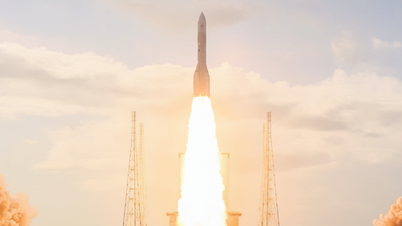

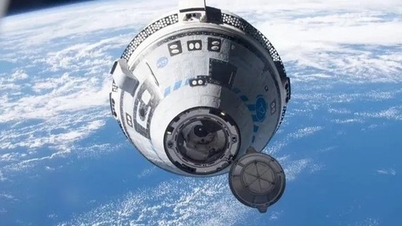
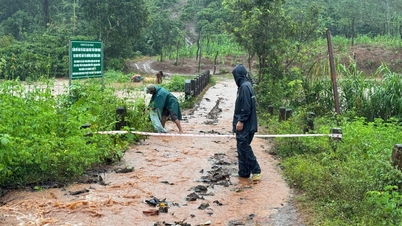








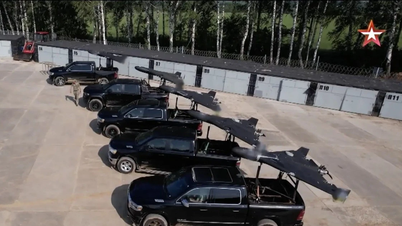







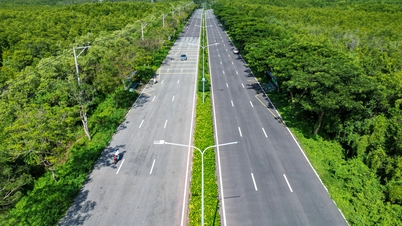








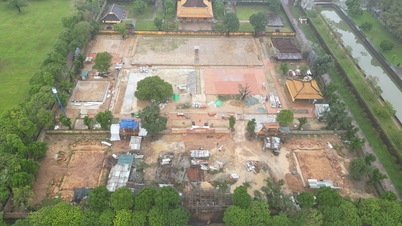































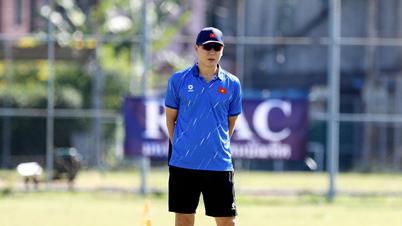






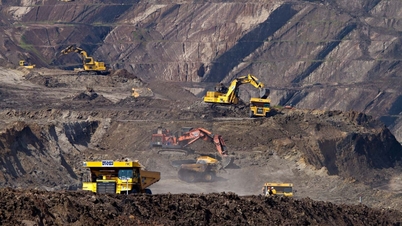










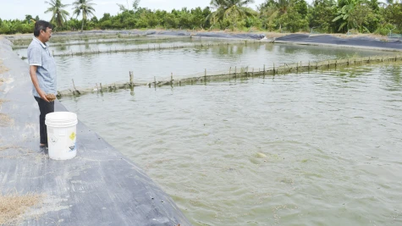




















Comment (0)